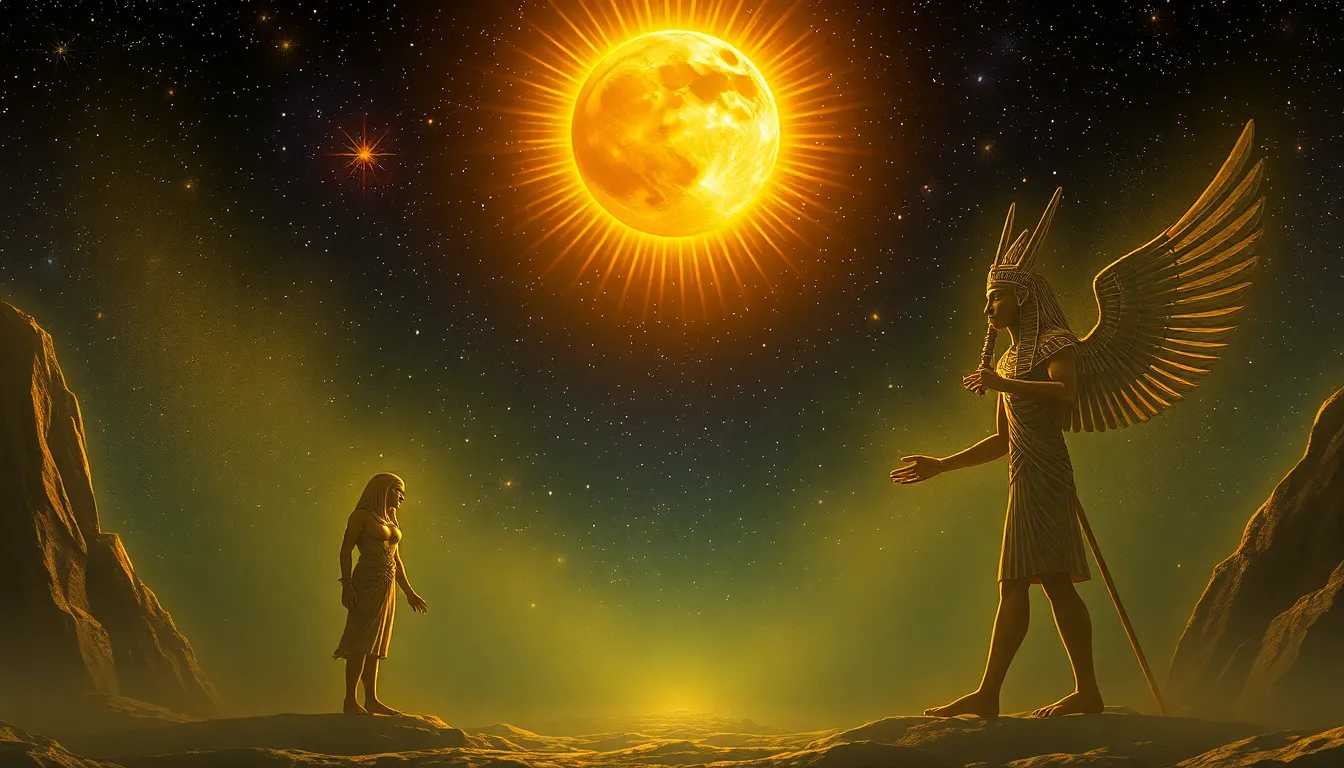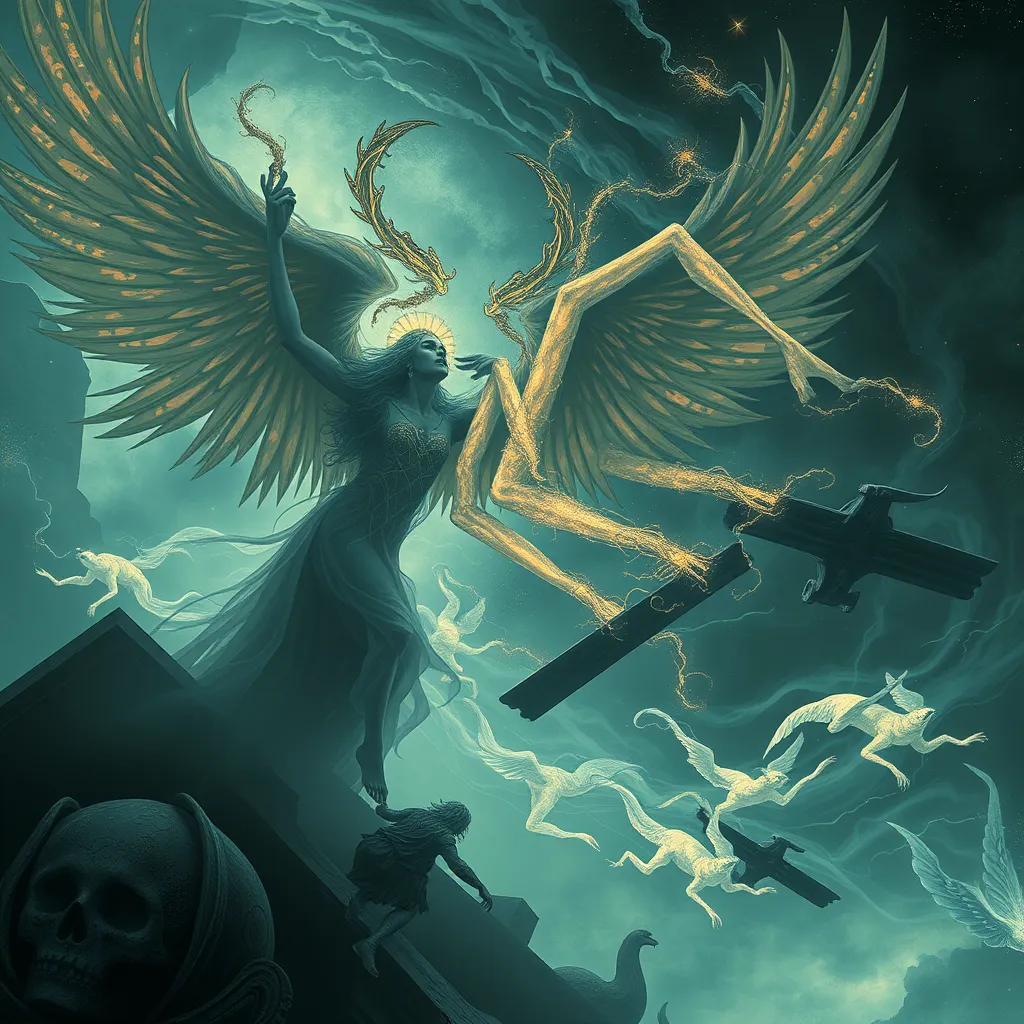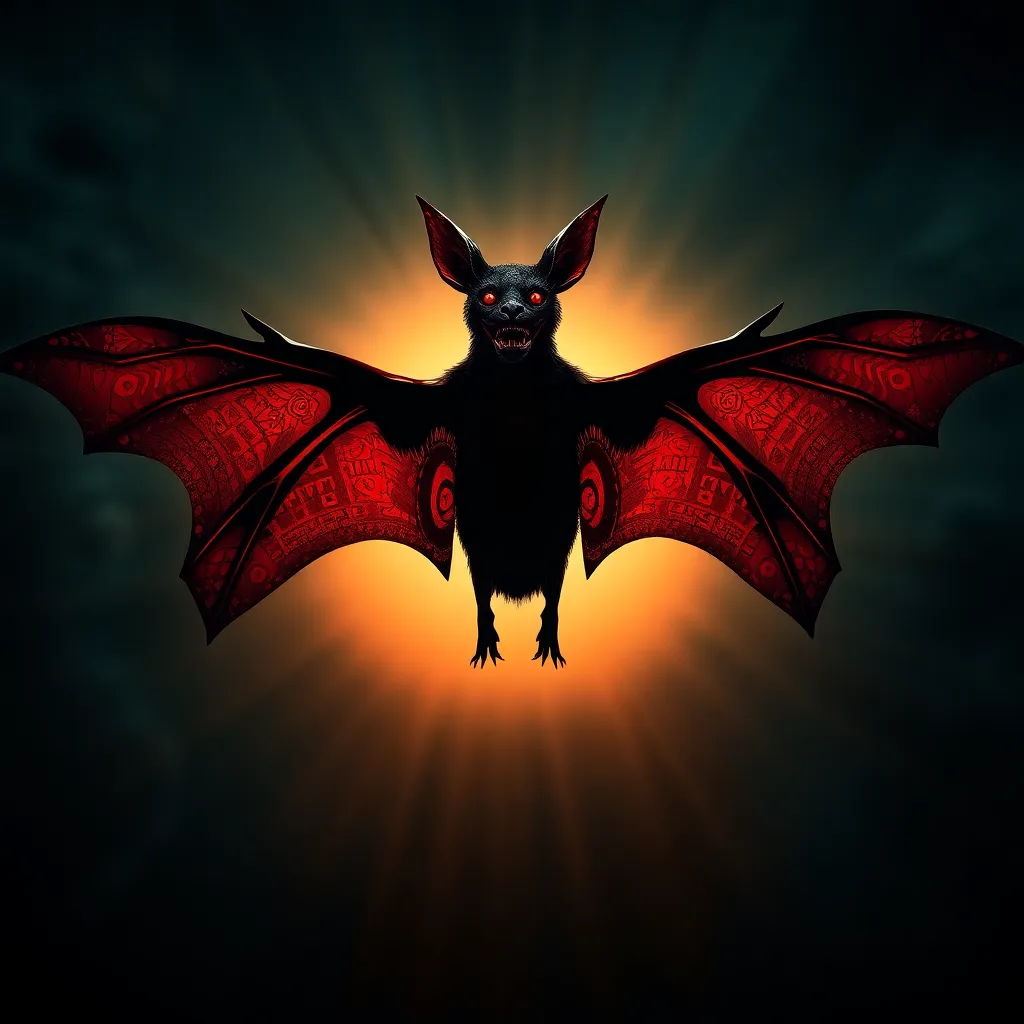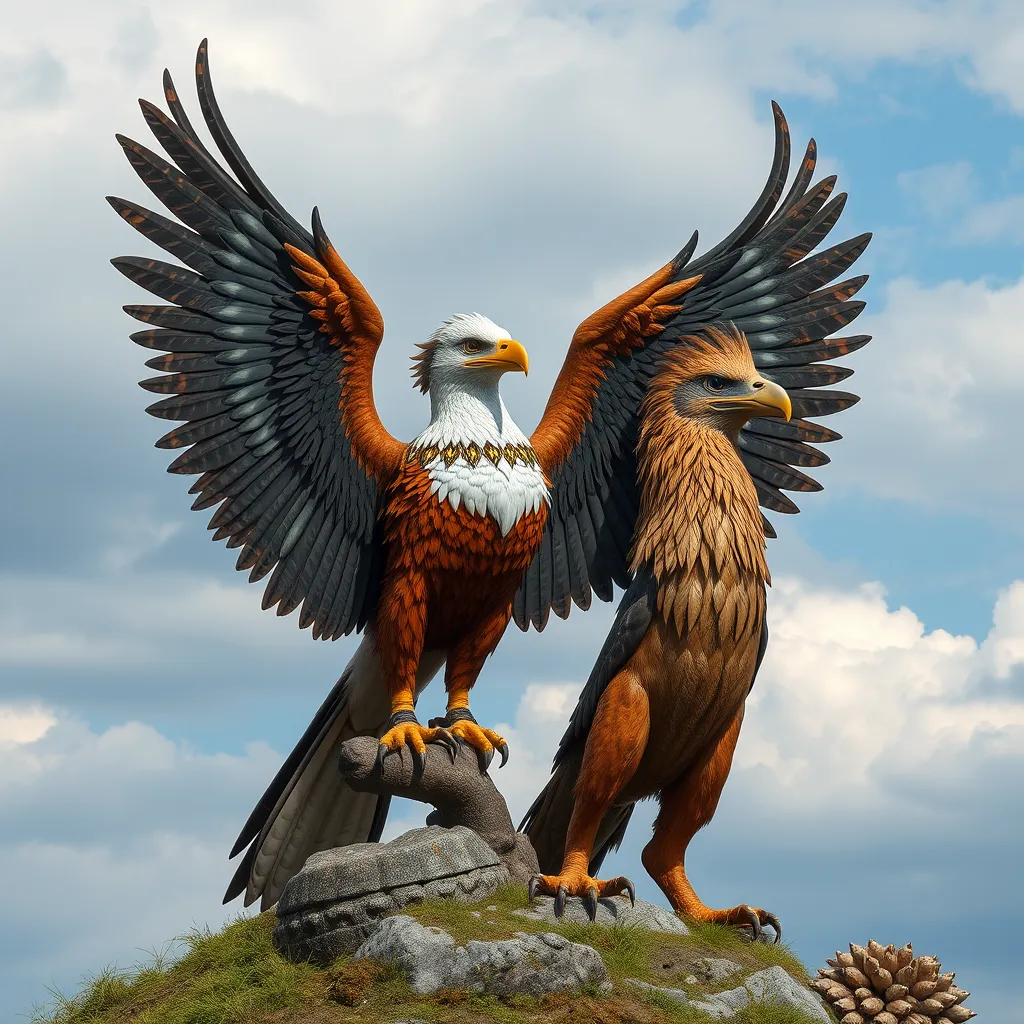Celestial Beings of Ancient Egypt: Deities of the Sun, Moon & Stars
I. Introduction
Ancient Egyptian civilization, known for its rich tapestry of mythology and religion, held a profound belief in celestial beings that governed the aspects of life. The sun, moon, and stars were not merely astronomical phenomena; they were personified as deities with significant influence over the natural world, human affairs, and the cosmos. These celestial deities were integral to the Egyptians’ understanding of existence, morality, and the afterlife.
The importance of celestial deities in Egyptian culture cannot be overstated. They were worshipped in temples, featured in myths, and represented in art, forming a crucial part of daily life and state affairs. This article aims to explore the various celestial beings revered in Ancient Egypt, their roles, interconnections, and their lasting legacy.
II. The Sun Deities
A. Ra: The Supreme Sun God
Ra, often regarded as the most important deity in the Egyptian pantheon, was the god of the sun and creation. He was depicted with a falcon head crowned with a sun disk, symbolizing his omnipresence and power.
- Myths and attributes: Ra was believed to travel across the sky in his solar barque during the day and journey through the underworld at night, symbolizing the cycle of life, death, and rebirth.
- Role in creation and daily life: According to Egyptian mythology, Ra created himself from the primordial chaos, emerging as the first being. His daily journey across the sky represented the passage of time and the cycle of life, making him a vital deity in daily rituals and state affairs.
B. Horus: The Sky God
Horus, another pivotal solar deity, was often associated with kingship and the sky. He was depicted as a falcon or as a man with a falcon’s head.
- Connection to the sun and kingship: Horus was considered the protector of the pharaohs, symbolizing their divine right to rule. His association with the sun reinforced the idea of the king as a living god on earth.
- Symbolism of the falcon: The falcon, representing speed and vision, reflected Horus’s role as a powerful protector and a deity of war.
C. Aten: The Disk of the Sun
Aten, the disk of the sun, gained prominence during the reign of Pharaoh Akhenaten, who attempted to establish monotheism in ancient Egypt.
- Akhenaten’s religious reforms: Akhenaten promoted the worship of Aten above all other deities, representing a significant shift in religious practices.
- Aten’s significance in monotheism: This shift towards Aten is seen as one of the earliest forms of monotheism, although it was short-lived and reverted after Akhenaten’s reign.
III. The Moon Deities
A. Thoth: God of Wisdom and the Moon
Thoth was a unique deity associated with both the moon and wisdom. He was often depicted as an ibis or a baboon, holding a writing tool.
- Dual role as a lunar and solar deity: Thoth’s connection to the moon made him a guide for the night, while his wisdom established him as the god of writing and knowledge.
- Contributions to writing and knowledge: Thoth was credited with the invention of writing, mathematics, and the arts, making him a crucial figure in Egyptian culture.
B. Khonsu: The Young Moon God
Khonsu, the son of Amun and Mut, was depicted as a youthful figure associated with the moon.
- Myths surrounding Khonsu: He was known for his role in various myths, including his journey to rescue his mother, Mut, and his battles against darkness.
- Relationship with timekeeping and healing: Khonsu was also associated with the measurement of time and was believed to have healing powers, making him a popular deity among the people.
IV. The Star Deities
A. Sothis (Sirius): The Star of Isis
Sothis, identified with the star Sirius, was associated with the goddess Isis and played a critical role in Egyptian agriculture.
- Connection to the flooding of the Nile: The heliacal rising of Sirius marked the annual flooding of the Nile, which was vital for crop growth and agriculture.
- Isis’s role in agriculture and fertility: As the goddess of motherhood and fertility, Isis was revered alongside Sothis, emphasizing the connection between the stars and agricultural cycles.
B. Nut: The Sky Goddess
Nut was the goddess of the sky, depicted as a woman arched over the earth, covered in stars.
- Depiction and significance of the night sky: Nut represented the cosmos and was crucial in the Egyptian creation myth, giving birth to the sun each day.
- Relationship with the stars and cosmic order: She was also seen as a protective figure, safeguarding the dead and ensuring their safe passage to the afterlife.
V. The Interconnections of Celestial Deities
The relationships between sun, moon, and star deities were complex and interwoven in Egyptian mythology.
- How sun, moon, and star deities interacted in mythology: Many myths depicted these deities in conflict or cooperation, symbolizing the balance of cosmic forces.
- The balance of day and night in Egyptian cosmology: The daily cycle of Ra and the nightly journey of Thoth illustrated the balance that governed life in ancient Egypt.
- The significance of celestial cycles in agriculture and society: The changing positions of celestial bodies dictated agricultural practices, festivals, and religious observances.
VI. Worship and Temples Dedicated to Celestial Gods
A. Major temples and their celestial associations
Temples dedicated to celestial gods were scattered throughout Egypt, serving as centers for worship and community gatherings.
- Key temples included the Temple of Karnak, associated with Amun-Ra, and the Temple of Luxor, which celebrated the sun’s life-giving power.
- The Temple of Edfu, dedicated to Horus, emphasized his role as a protector of pharaohs.
B. Rituals and festivals celebrating solar and lunar deities
Rituals played a significant role in honoring celestial deities, with festivals marking important celestial events.
- Festivals like the Wepet-Renpet celebrated the New Year and the annual flooding of the Nile.
- Rituals included offerings, processions, and communal feasts.
C. The role of priests and priestesses in worship
Priests and priestesses were essential in maintaining the temples and conducting rituals, acting as intermediaries between the gods and the people.
- They performed daily rituals, ensured the temples were clean, and cared for the deity’s image.
- Specialized roles existed for different deities, highlighting the complexity of worship.
VII. Celestial Deities in Art and Iconography
A. Depictions in hieroglyphs and temple reliefs
Celestial beings were prominently featured in Egyptian art, with hieroglyphs and temple reliefs illustrating their stories and attributes.
- Ra was depicted in various forms, often illustrated in scenes of creation or judgment.
- Thoth and Khonsu frequently appeared in funerary texts, emphasizing their roles in the afterlife.
B. Symbolism of celestial beings in artifacts
Artifacts such as amulets and sculptures often represented celestial deities, serving protective and religious purposes.
- Amulets depicting Horus were believed to provide protection and strength




